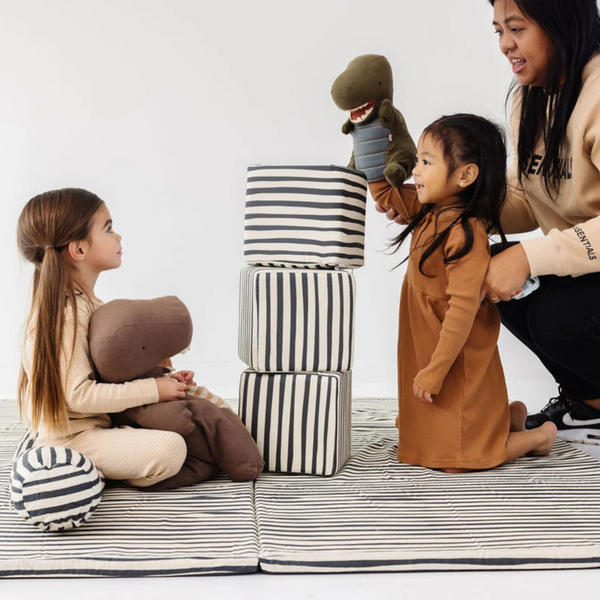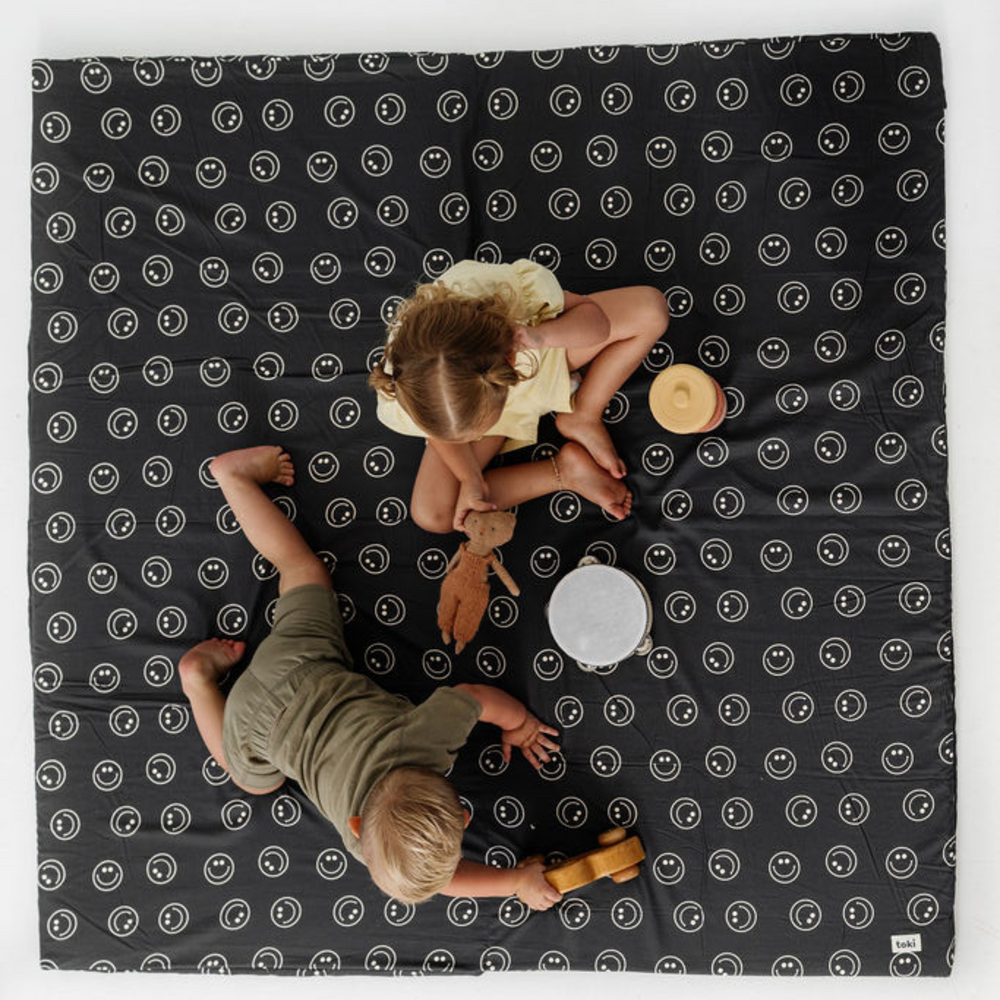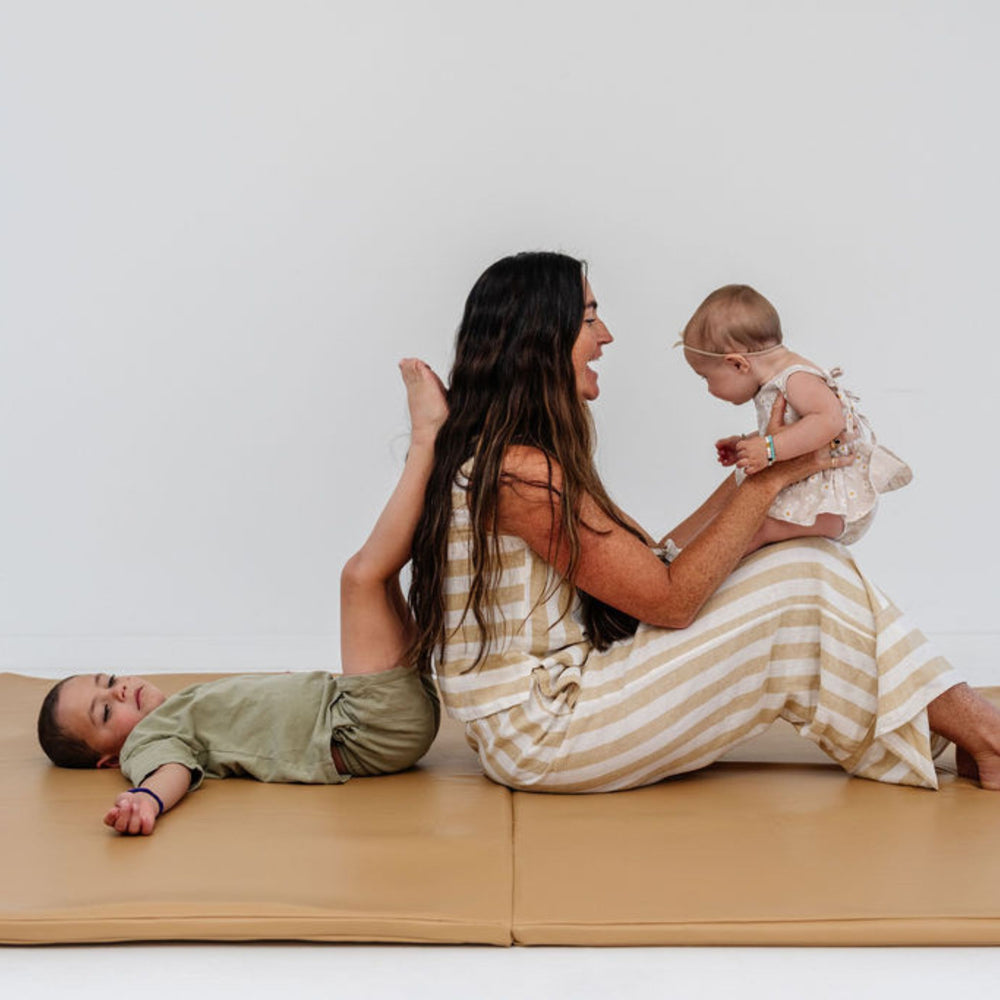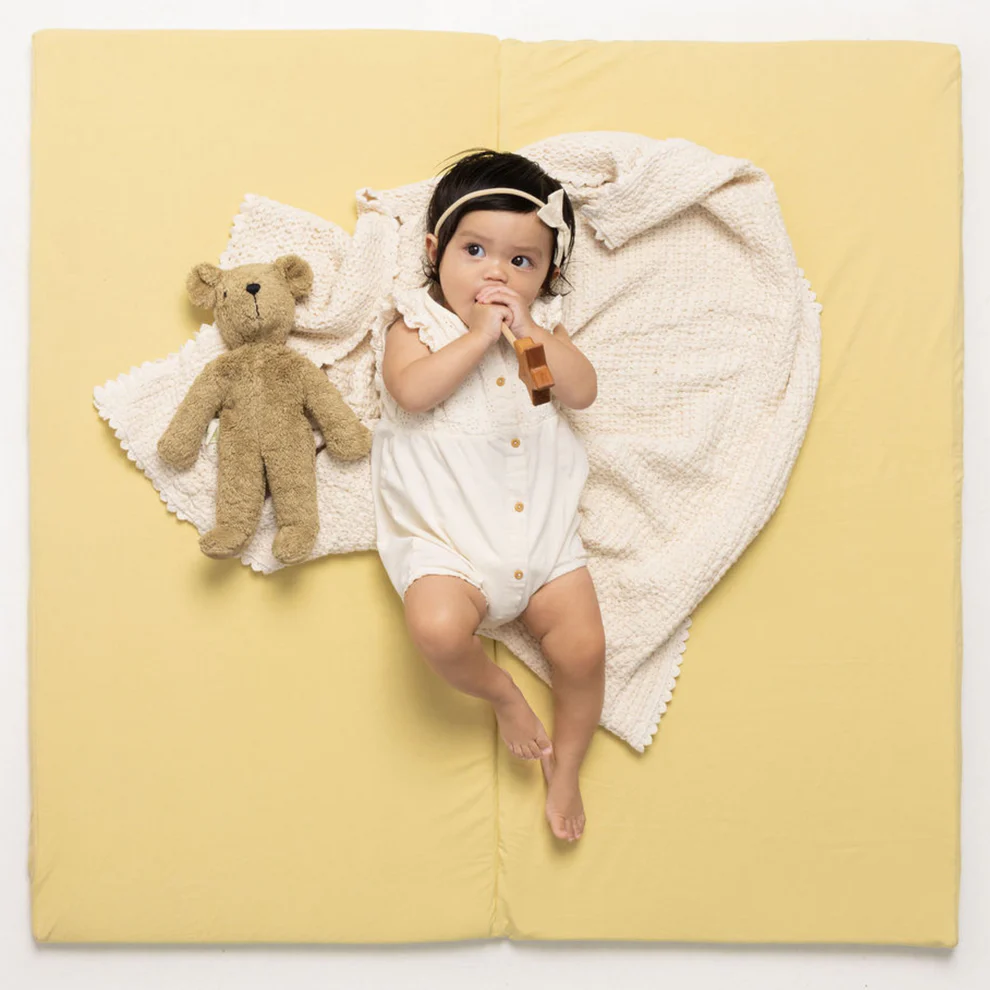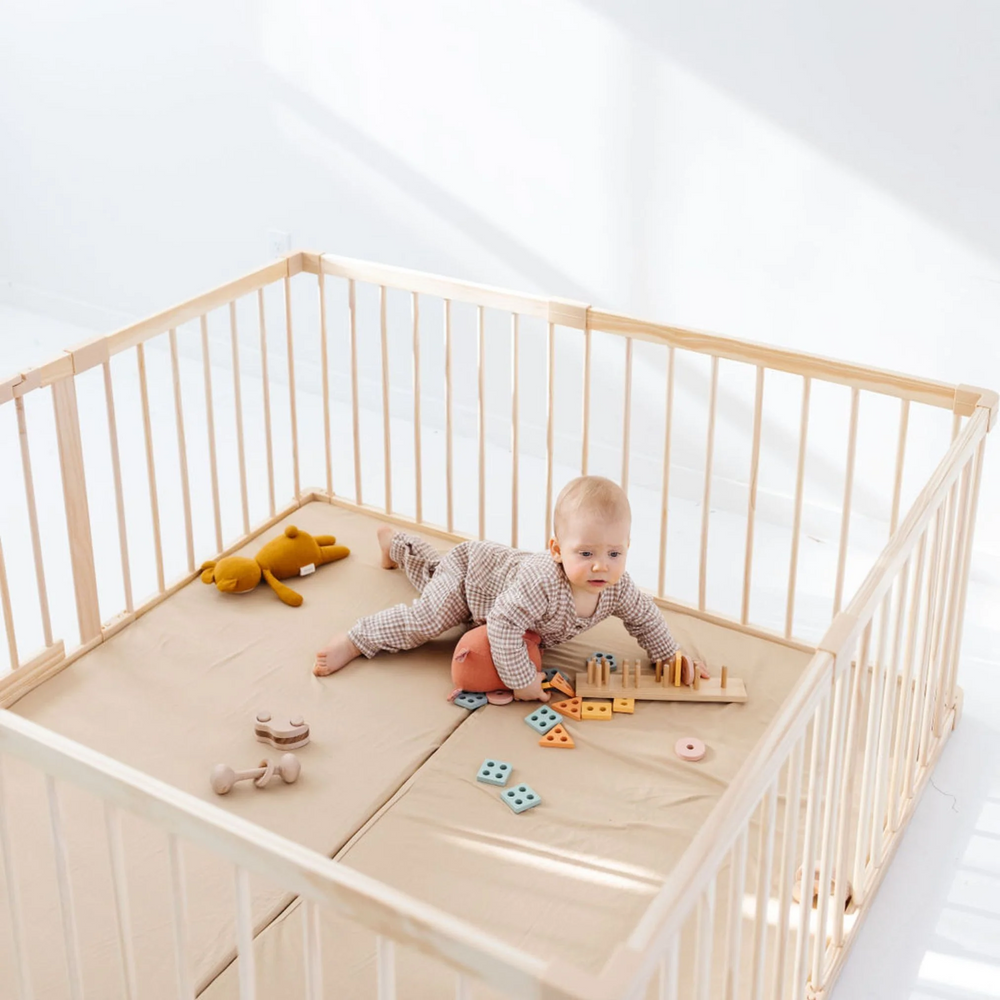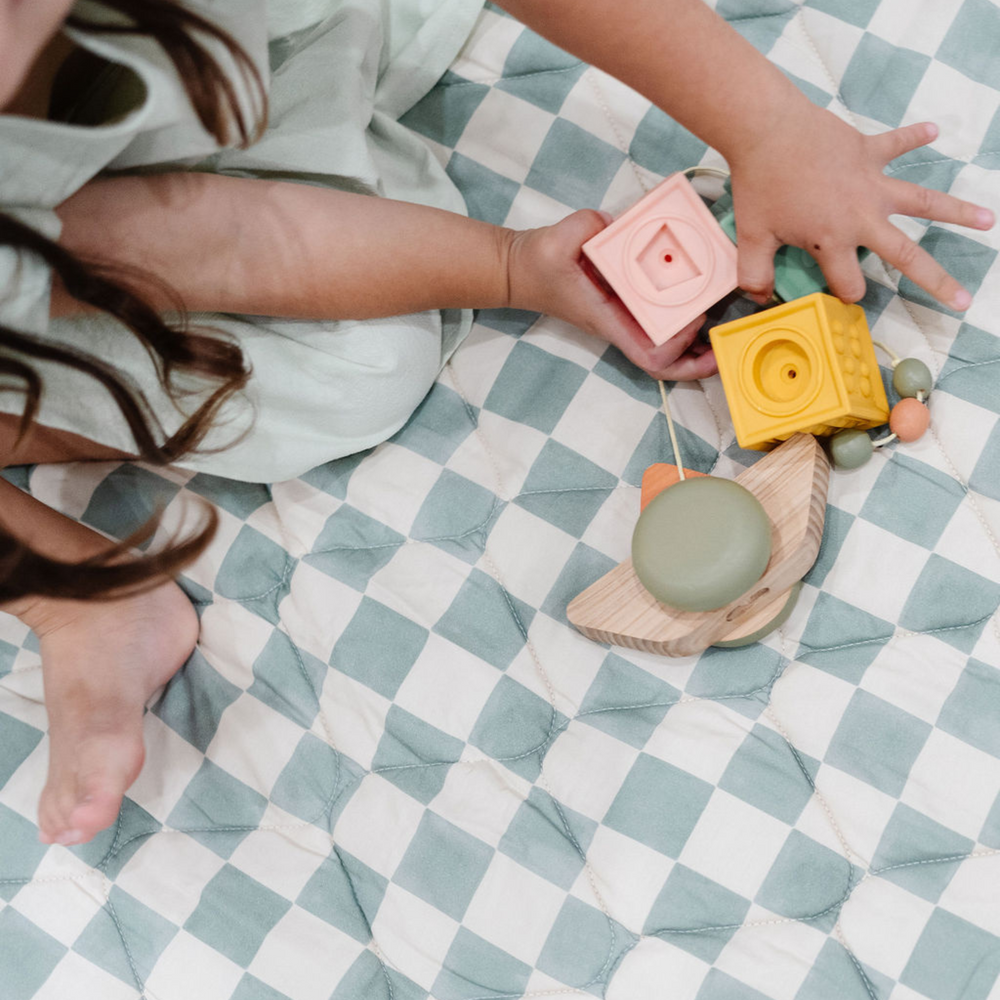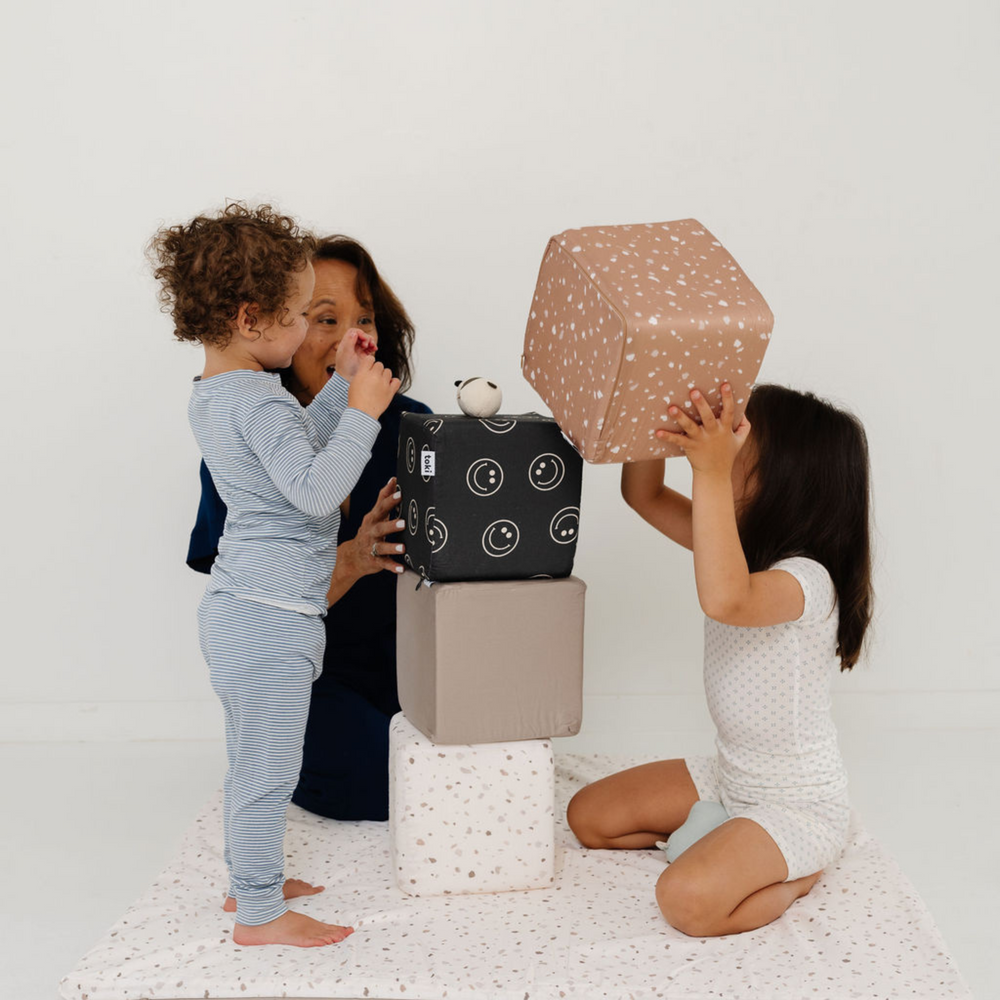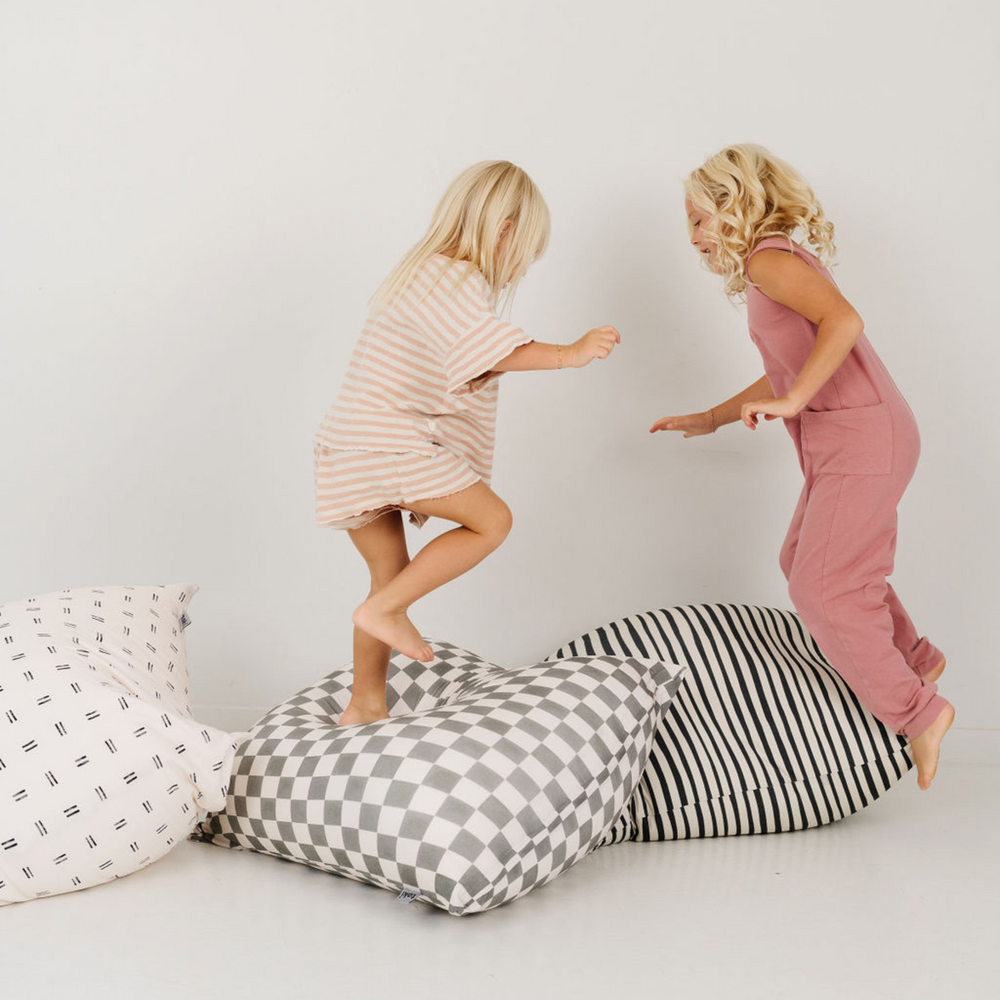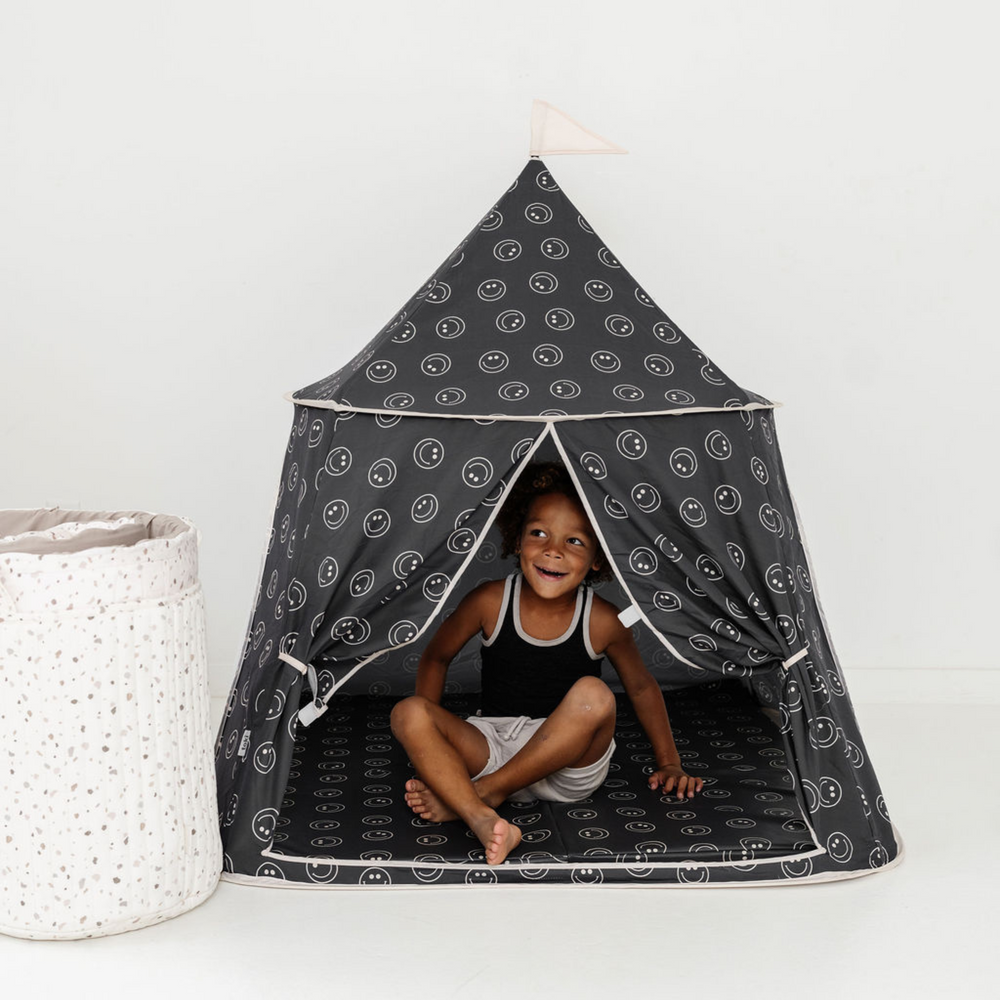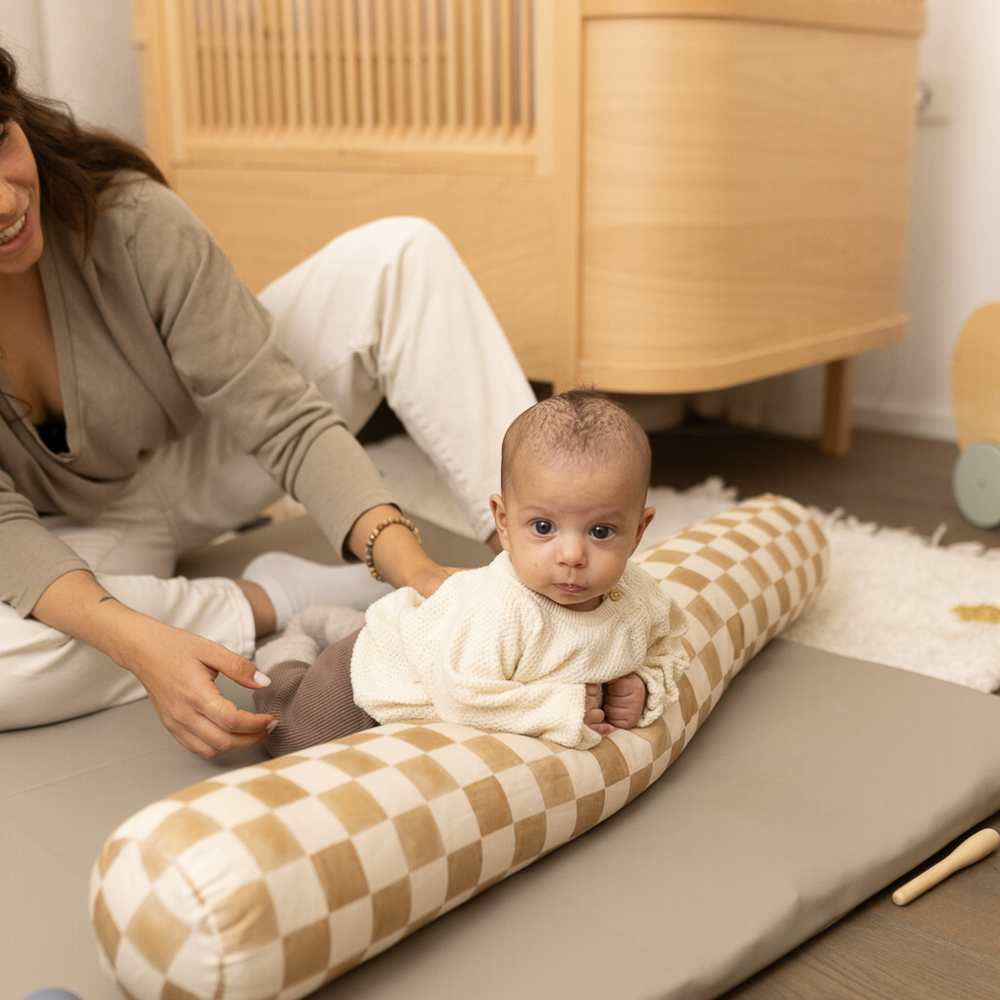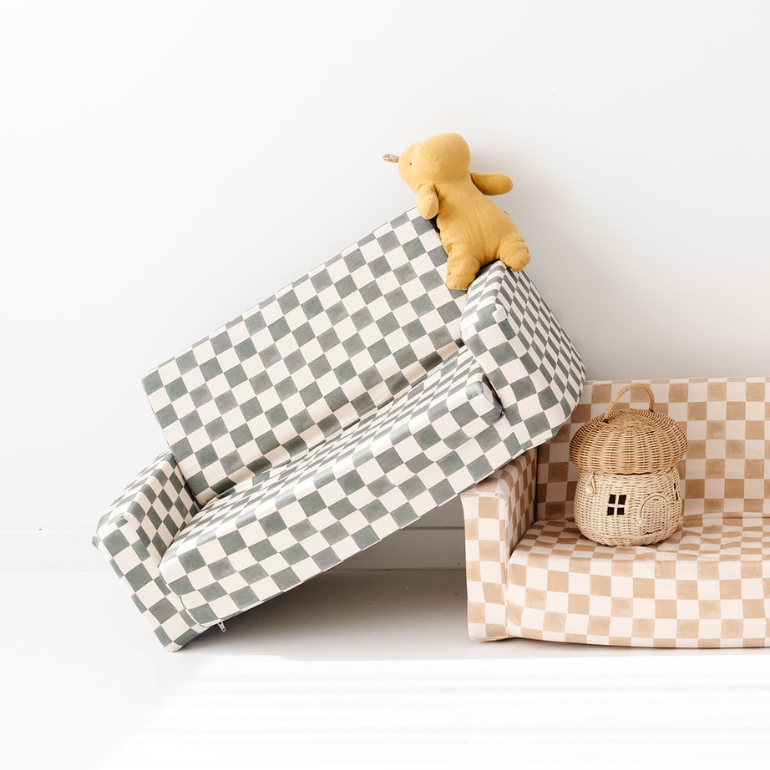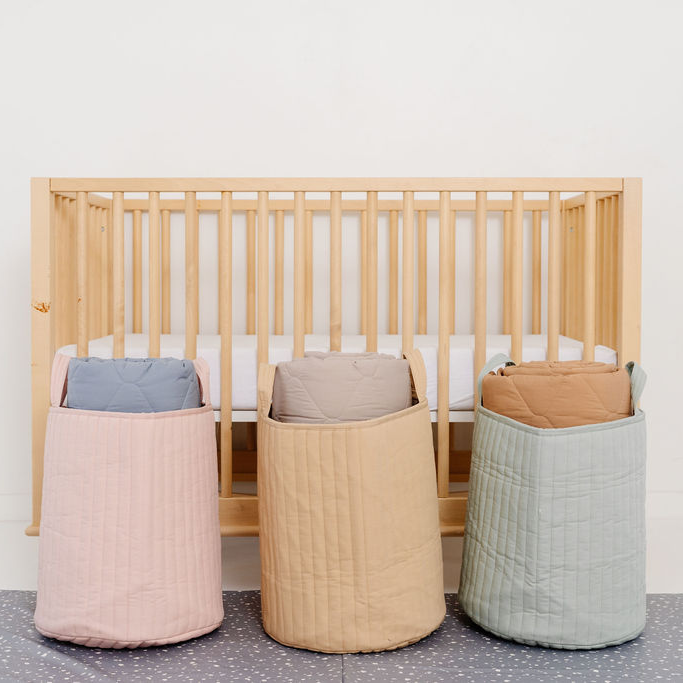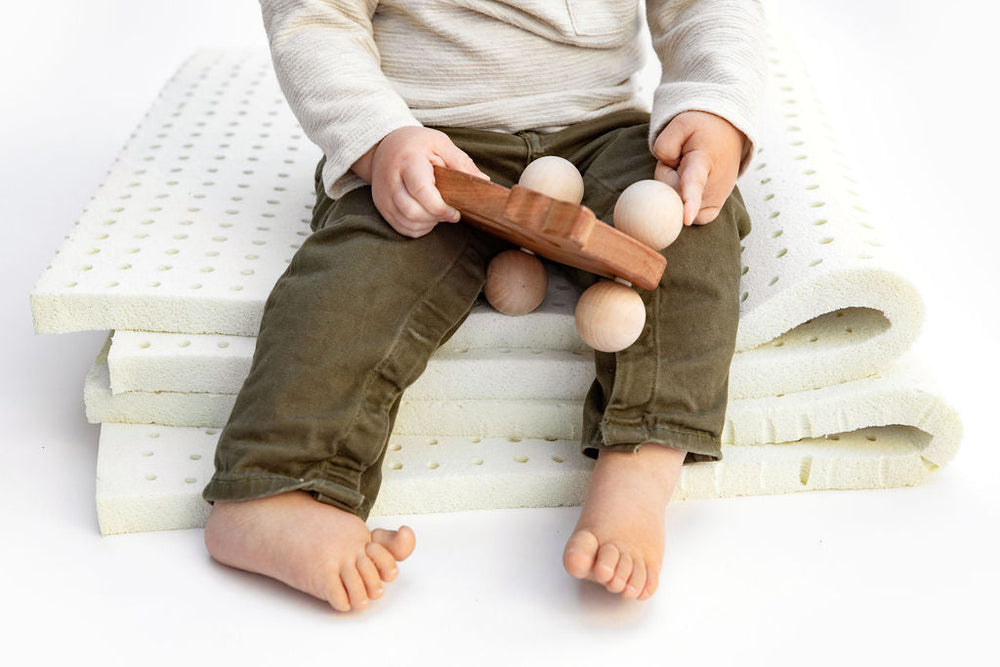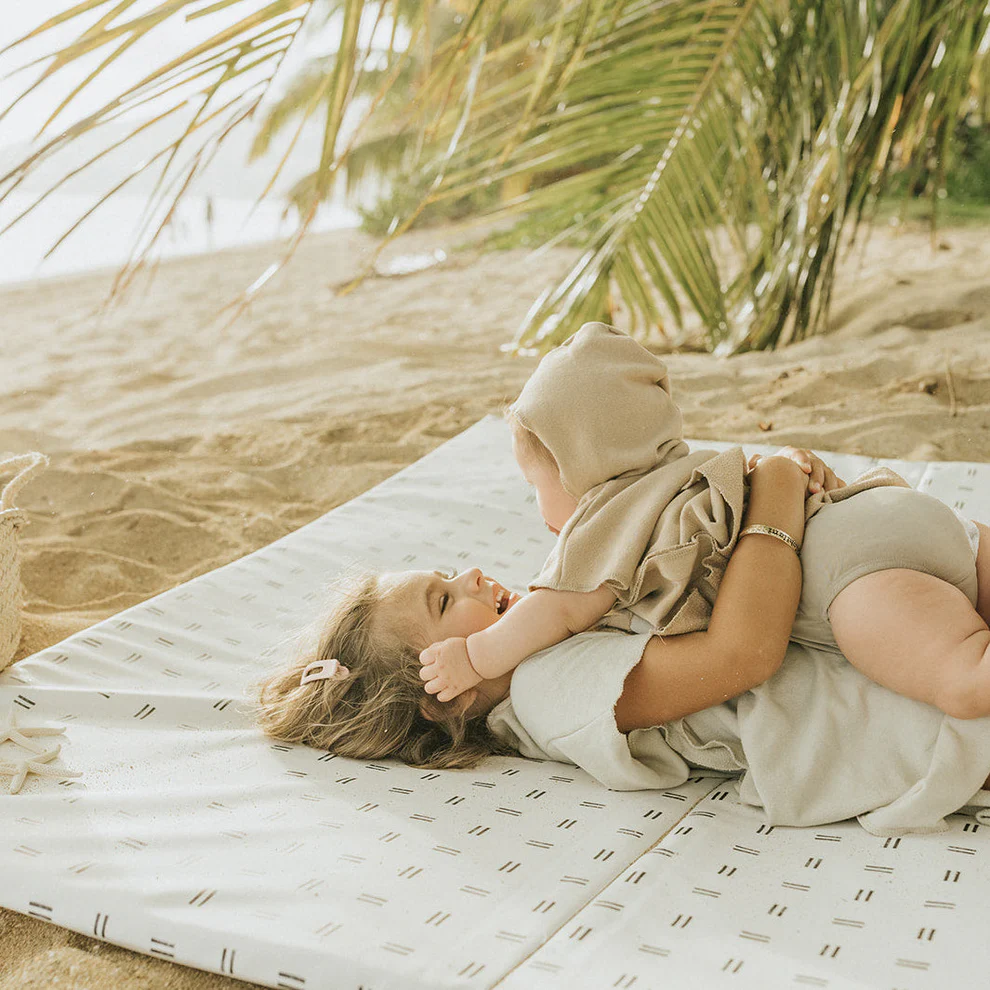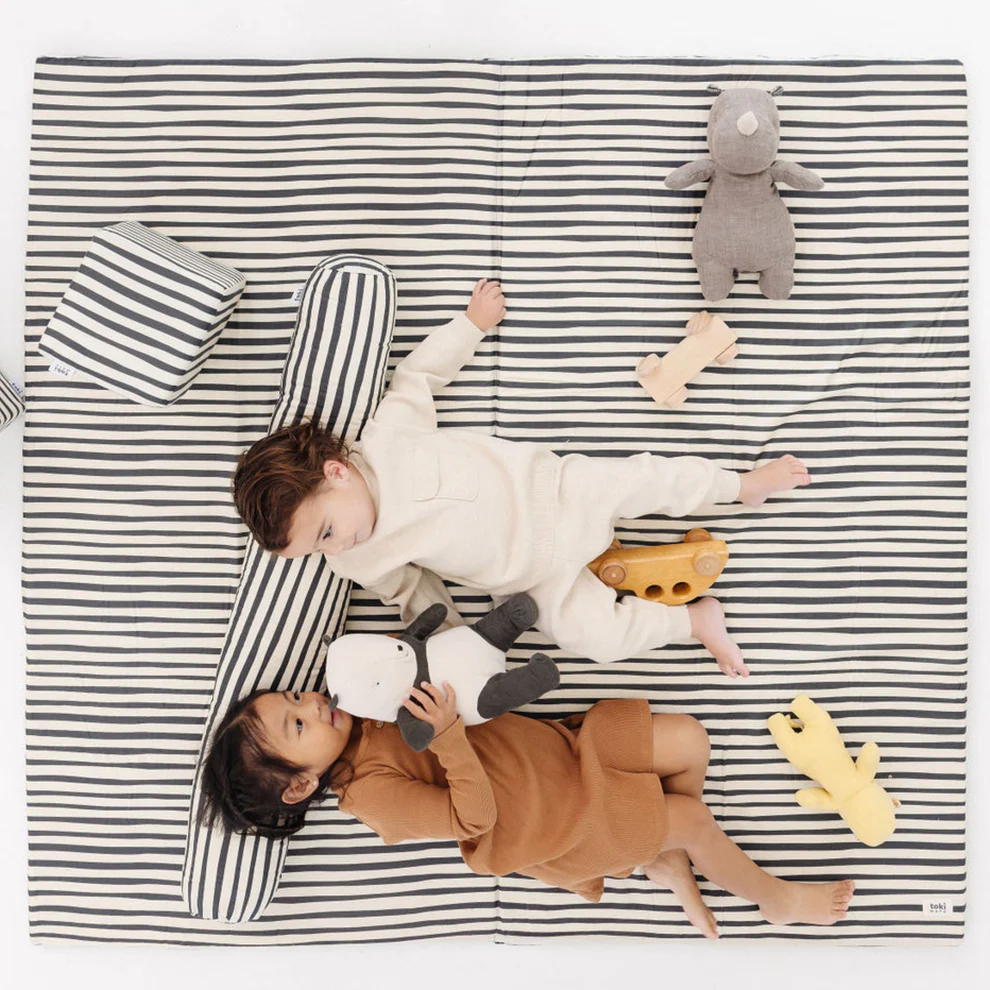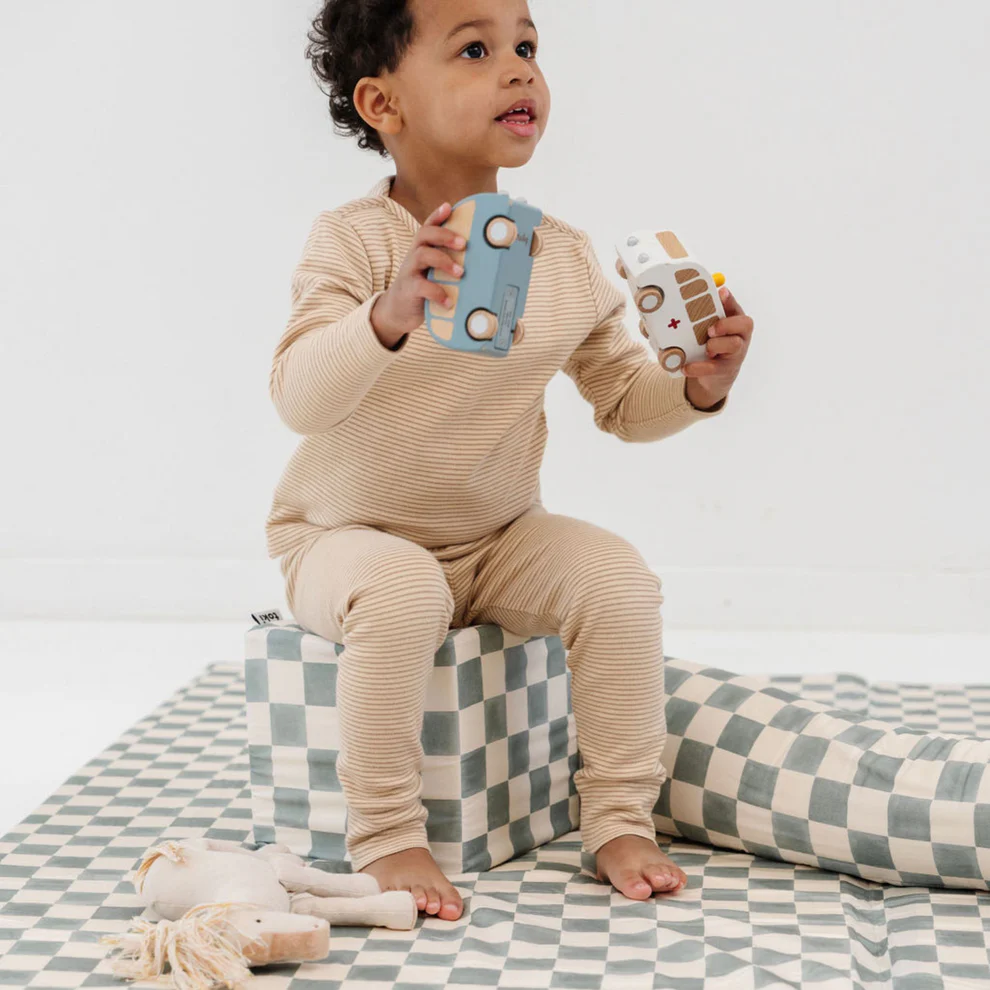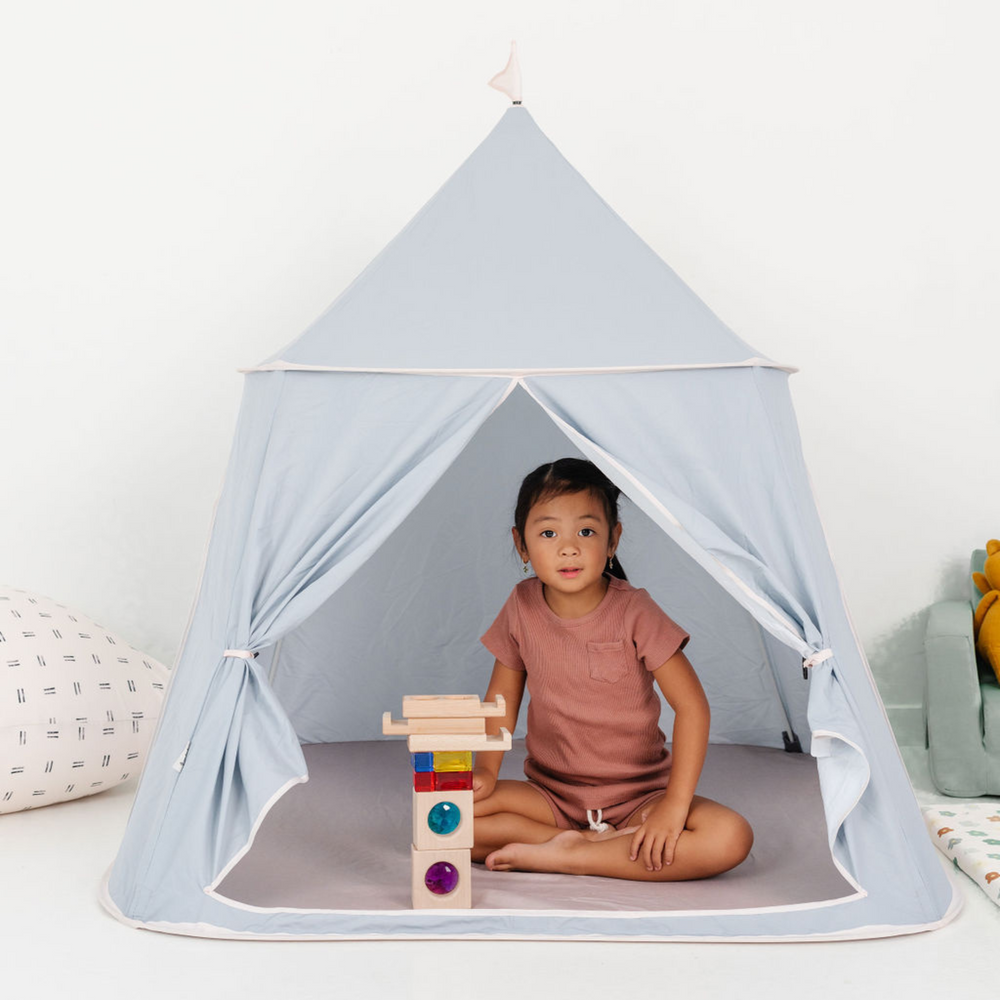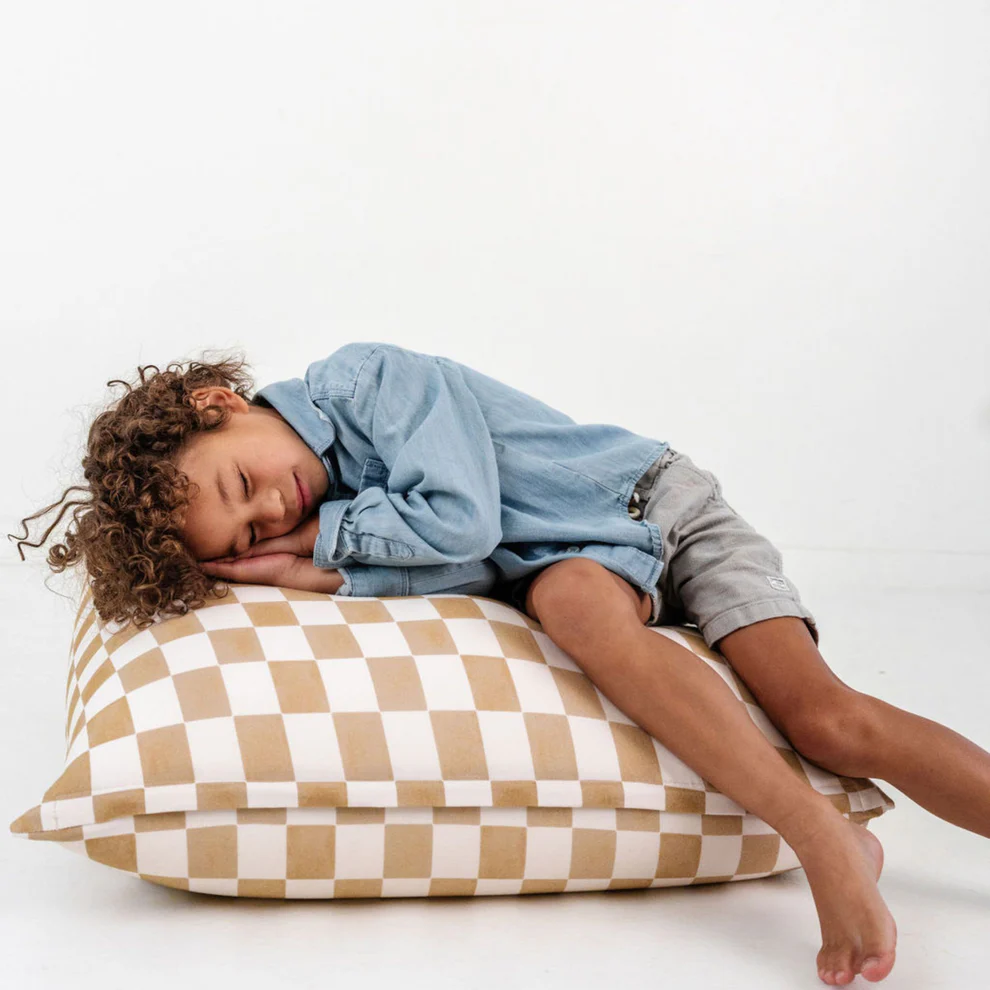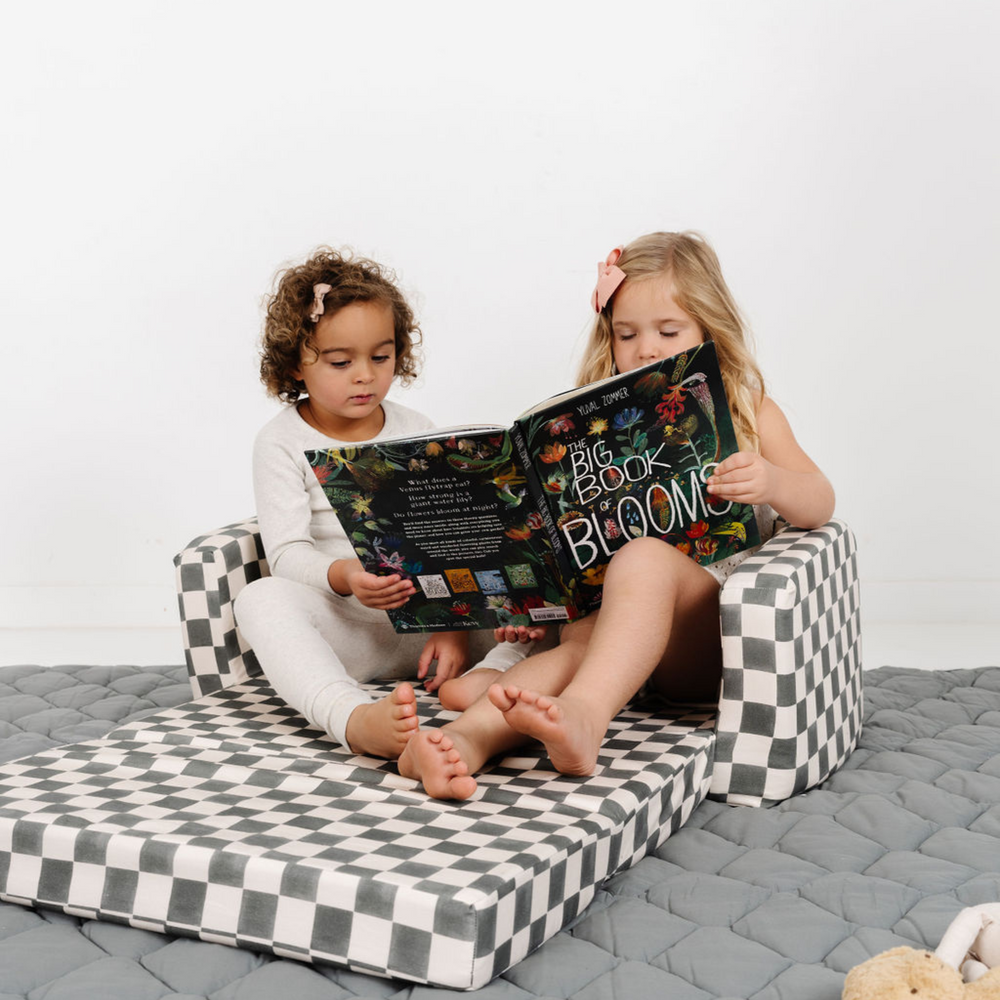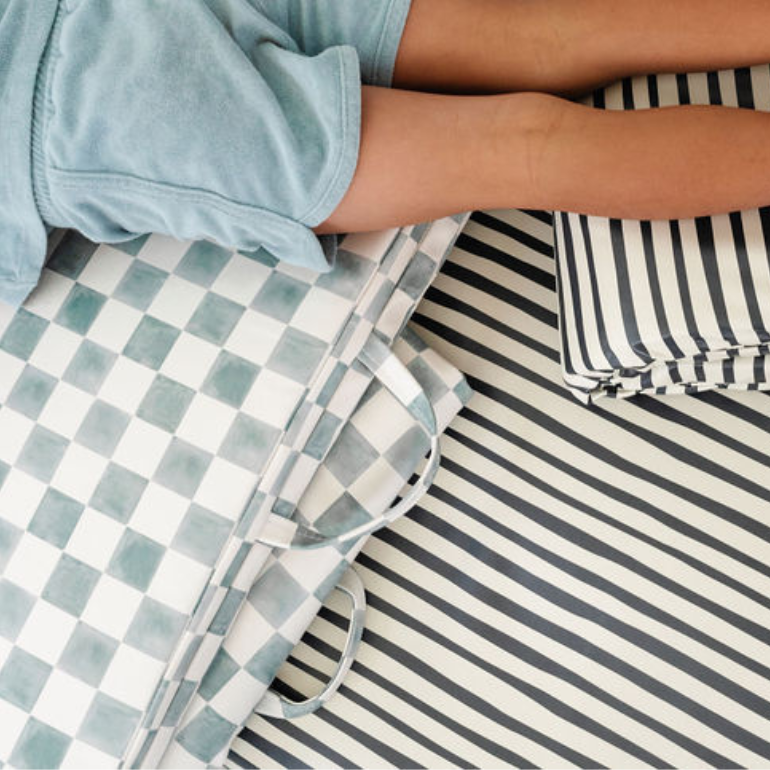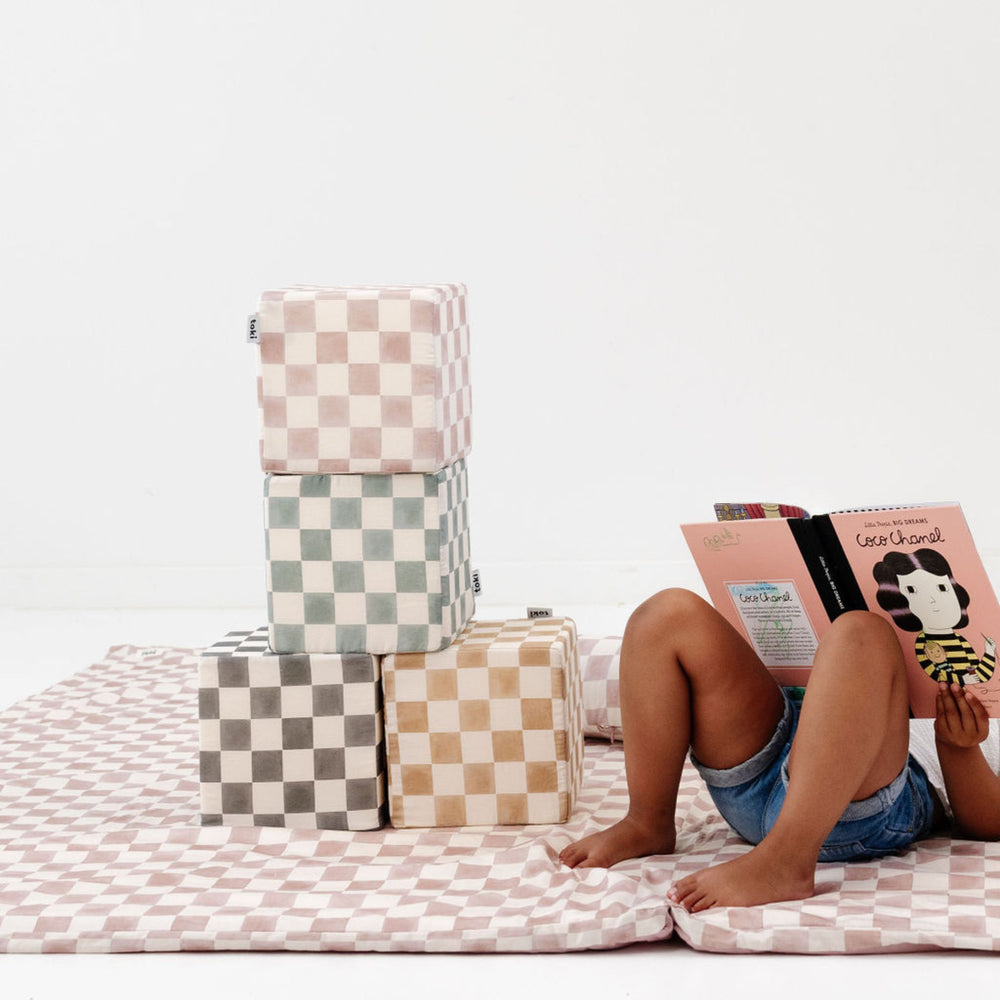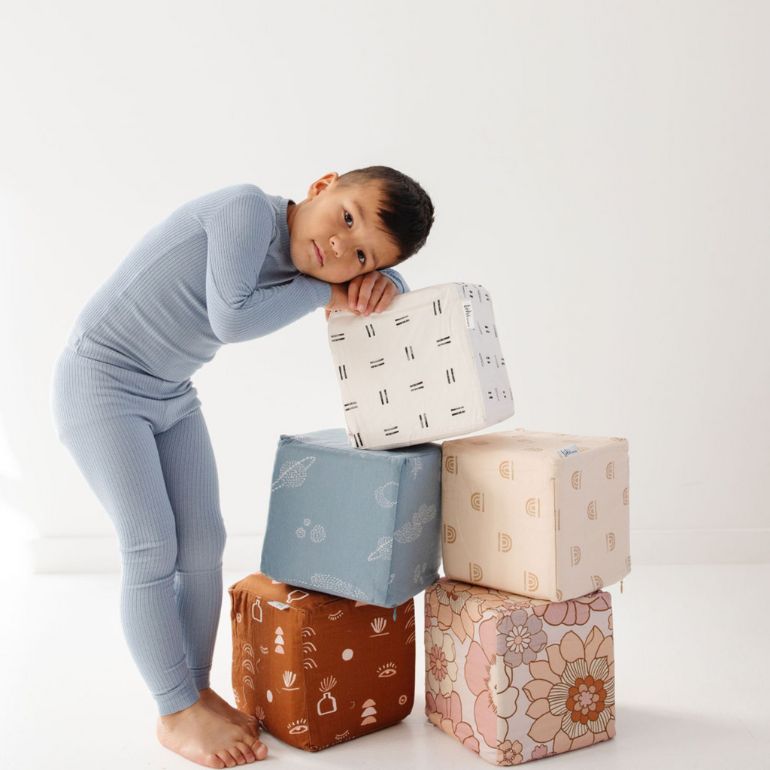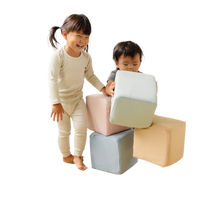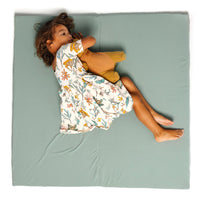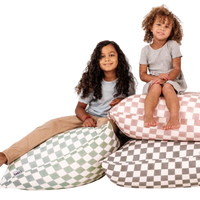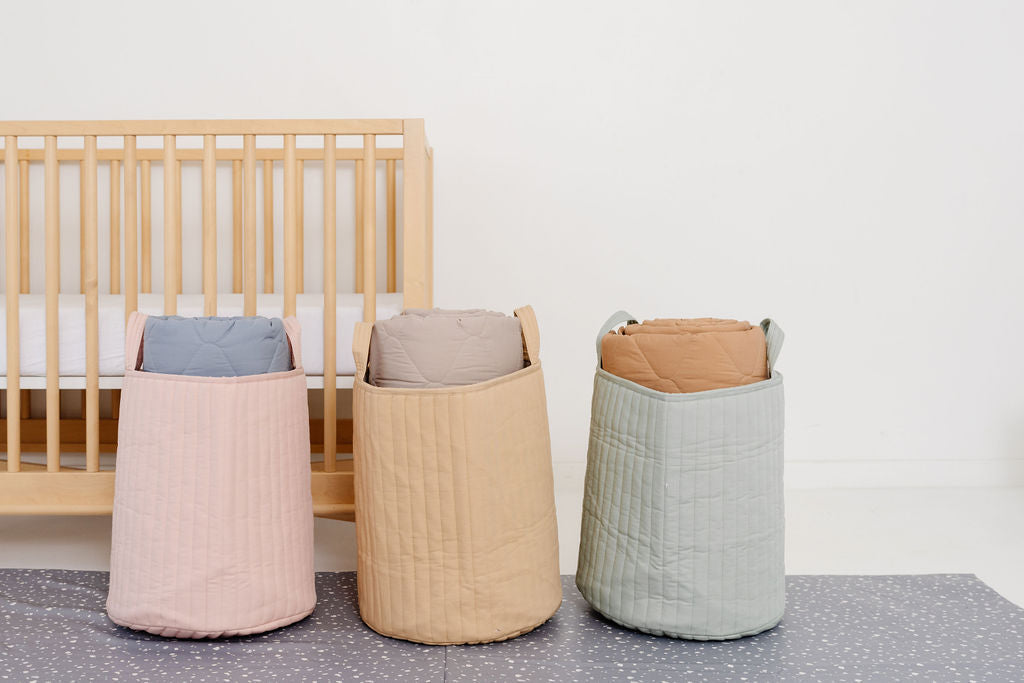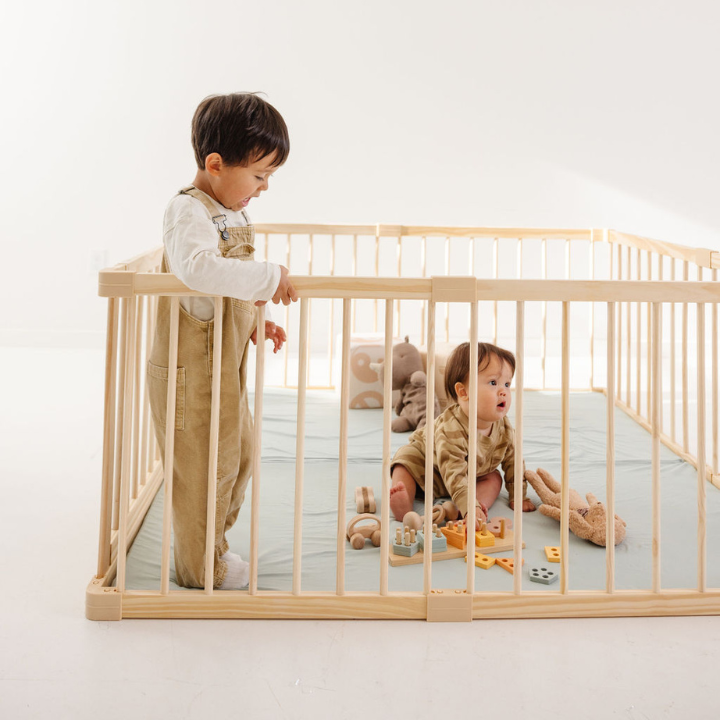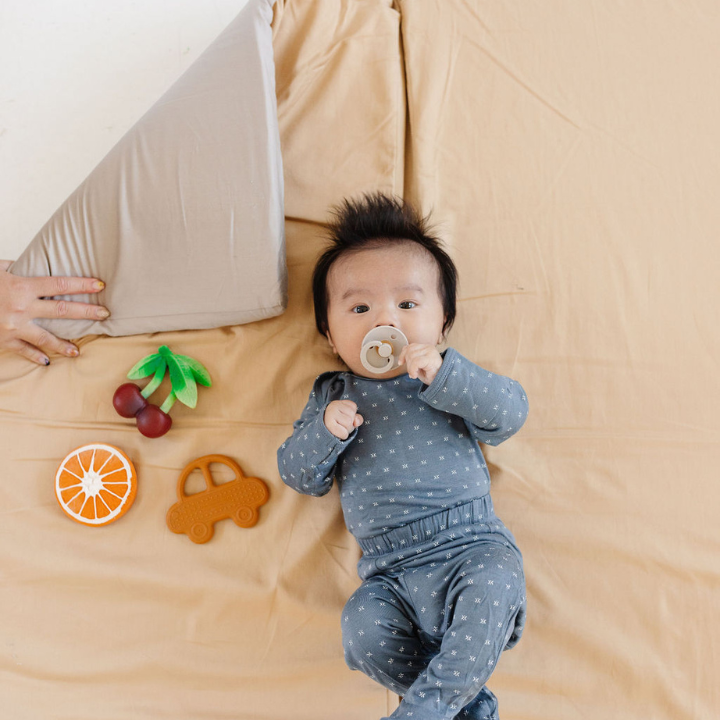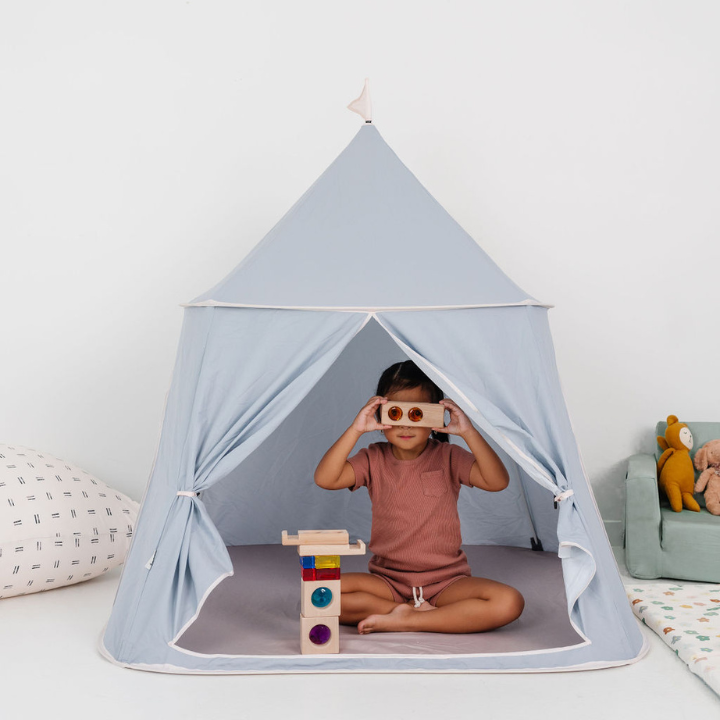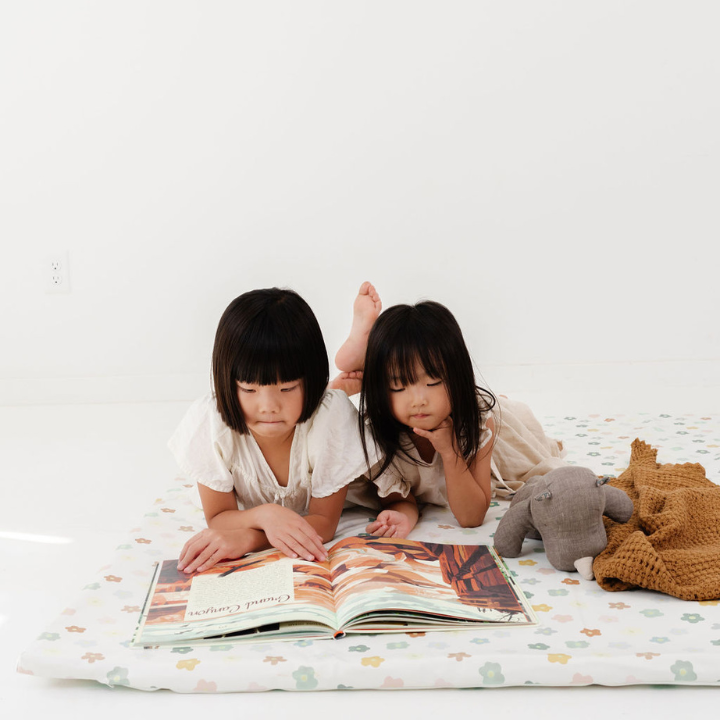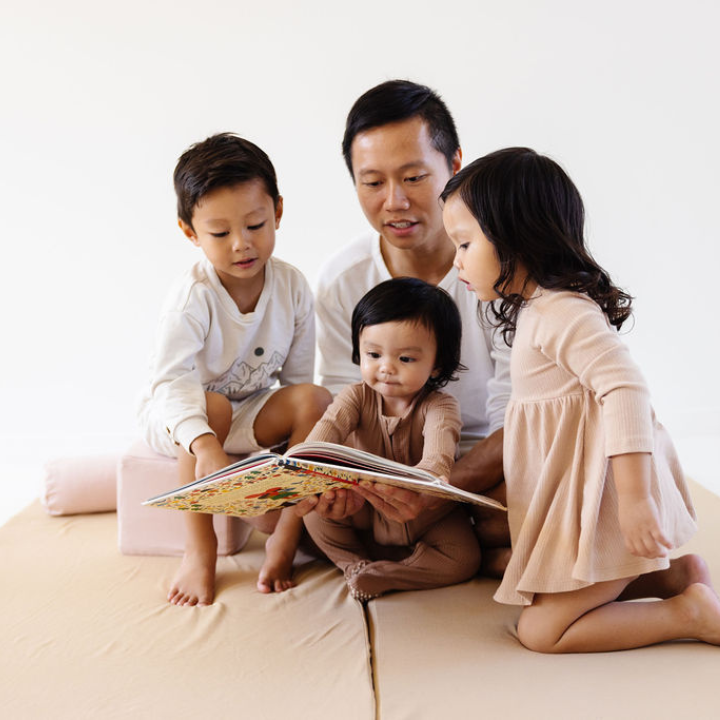The Ultimate Guide to Baby Proofing Your Home
June 2, 2025
When it comes to preparing your home for a new baby, baby proofing is one step that’s completely non-negotiable. Some children are happy to stay within the boundaries you create, while others are more curious and eager to find out what’s beyond. It’s important to keep your little one safe from potential hazards—some more obvious than others—until they’re older and mature enough to make safe choices as they maneuver around the house.
By taking the right precautions, you can make your home a safe place for your child to independently explore. Here’s everything you need to know about when to baby proof, what to baby proof, and how to fully baby proof your house:
What is baby proofing?
Baby proofing is creating a safe environment for your child to allow them to play and roam without danger. Even seemingly innocuous things, like outlets, can become hazards for a curious baby. Why baby proof outlets? Many children are drawn to outlets and can be shocked or burned if they stick an object inside one. By making simple changes in your home, you can prevent injury and make the house a safe place for them to explore.

When to start baby proofing
Many new parents aren’t sure when to baby proof, but the answer is simple: the sooner the better. Sure, your newborn isn’t going to get into cabinets or start climbing dressers any time soon, but reality is that you’ll want safety measures already in place before they start.
Begin baby proofing before your little one arrives—when you still have the time to thoroughly inspect each room and assess what needs to be done. The big changes, like replacing corded blinds and anchoring furniture, should be tackled first. Smaller adjustments, like installing cabinet locks and edge protectors, are easy to do even when you’re short on time.
How to fully baby proof your house
To figure out what to baby proof in your home, do a walkthrough and examine what needs to be done. Baby proofing cabinets with medicine, household cleaners, and other dangers are an essential step. Anchoring heavy furniture, replacing corded blinds, installing a pool gate, are also very necessary to keep your little one safe. Consider making these changes:
-
Install smoke alarms and carbon monoxide detectors
-
Anchor TV and heavy furniture to the wall
-
Install a fence around a pool or hot tub
-
Install baby gates at the top and bottom of the staircase
-
Install a fireplace screen
-
Replace corded blinds with cordless ones
-
Secure and hide electrical cords
-
Position the crib away from windows, heaters, lamps, and wall hangings.
-
Install toilet locks
-
Use edge protectors on sharp furniture
-
Install stove knob covers
-
Install door knob covers
-
Install cabinet locks
-
Use outlet covers
-
Use a playpen
How to anchor furniture
Many children are injured in the United States every year from furniture tip-overs. The CPSC states that furniture tip-overs are “one of the most dangerous hidden hazards in the home.” Furniture anchors are low-cost, easy to use, and secure heavy furniture to the wall to prevent it falling on top of your child.
-
Step 1: Locate the wall studs with a stud finder to ensure that your furniture is anchored to the most secure part of the wall.
-
Step 2: Position the furniture and attach the anchors, following the manufacturer’s instructions.
-
Step 3: Test the anchors. Pull the furniture forward and make sure that it’s held securely by the anchor.

How to baby proof cords
Whether we like it or not, electronics are a big part of daily life. TV, lamps, computers, fans, and baby monitors are all things that typically stay plugged into the outlets 24/7. To keep your little one from chewing or tripping over electrical cords, it’s important to keep them safely tucked away to prevent injury.
Use a sleek outlet cover like this one with protective cord clips to keep cords away from little hands and mouths. You might also consider an outlet cover with a cord shortener like this one to keep your living space neat, organized, and safer.

How to baby proof drawers
If your little one loves to climb, you may want to consider baby proofing drawers to prevent them from pulling them out and using them as a makeshift ladder to climb up. Magnetic cabinet locks are an easy way to keep them from pulling open the drawers. If you’re concerned about losing the magnet key, you may prefer an adhesive lock, which can be applied against the side of the drawer and the front (see photo below). The adhesive lock is also particularly useful when you need to baby proof a cabinet without handles.

Utilize a baby playpen
If you haven’t started baby proofing your home yet or you just want to add an extra layer of safety, a baby playpen is an easy way to give yourself peace of mind. Pair your playpen with an ultra comfy play mat to create a soft, padded space where they can practice tummy time and gross motor skills without hitting their head on the floor or furniture.
A playpen should never replace adult supervision, but it helps create a great environment for independent play. You can rest easy, knowing there are no hazards in their play area and that they’re in the same spot where you left them.


Shop the blog
Playpen - Mega Size in Wood
$249 - $249
A portable enclosure made from natural pine for safe, independent play.
Shop Now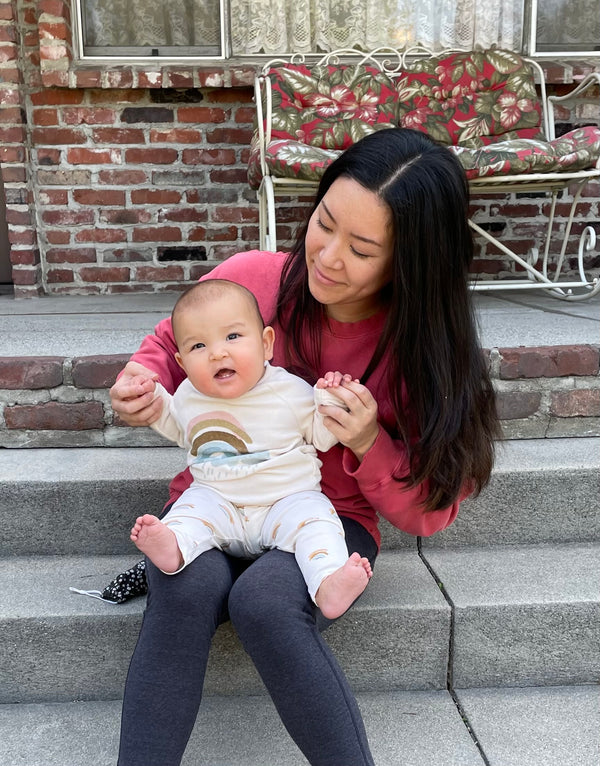
About the Author: Alice
Alice Mendoza is a copywriter and blog writer based in Los Angeles. She began writing for a baby brand while on maternity leave, and realized she had found her niche. Today, she writes exclusively within the baby space, using her BFA in Creative Writing and her own experience as a mother to guide her. When she’s not working, you can find her chasing down her toddler, going on walks around the neighborhood, or watching reality TV.
